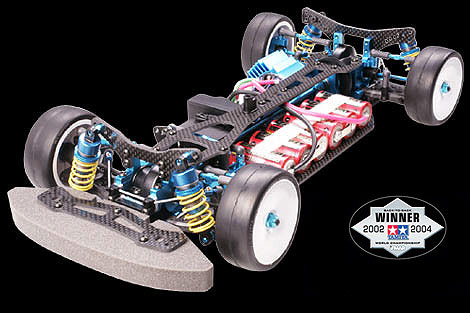The R33 was developed in 1995 as a successor to the venerable R32 model that Japan had gotten to know well. The engine in the R33 was nearly identical to the R32. It used the same turbochargers, and the same specification of transmission, although the syncros were made to be stronger. The engine did correct the R32's weak oil pump drive collar which tended to fail in higher power applications with a wider collar. The R33 engine also introduced a mechanical advance on the intake camshaft improving torque slightly. The base model R33 GT-R weighs 1540 kg.[1]
The R33 GT-R launched in January 1995 with the base model GT-R and the V-spec model. The V-spec mode weighed 10 kg heavier, and had sportier suspension resulting in lower ground clearance. The V-spec also featured the newer ATTESA E-TS Pro all wheel drive system, which included an Active Limited Slip differential. The V-spec model also included a four wheel independent channel ABS braking system.
At the same time as the release of the R33 GT-R, and GT-R V-spec, Nissan released an R33 GT-R V-spec N1 model. Changes on the R33 N1 model are similar to the R32 N1 model. The car was made lighter, by removing the ABS, air conditioning, sound system, rear wiper, and the trunk carpet. The R33 GT-R V-spec N1 received the slightly revised R33 N1 engine.
A special edition R33 was released on November 3, 1997. The car was called the 400R, with R standing for Racing. Developed with Nismo, it featured an overbored RB26DETT engine, the RBX-GT2, with polished ports, an upgraded exhaust, composite parts, and a more free flowing turbo and intercooler system. The car developed a staggering 400 horsepower (300 kW), and allowed the car a top speed of over 200 mph (320 km/h).
Production Figures
Standard Cars = 9,871
V-Spec = 6,551
Total = 16,422
(Figures Include N1 and LM Limited Versions)
Wednesday, 7 November 2007
1995–1997 (R33)
Subscribe to:
Post Comments (Atom)








No comments:
Post a Comment